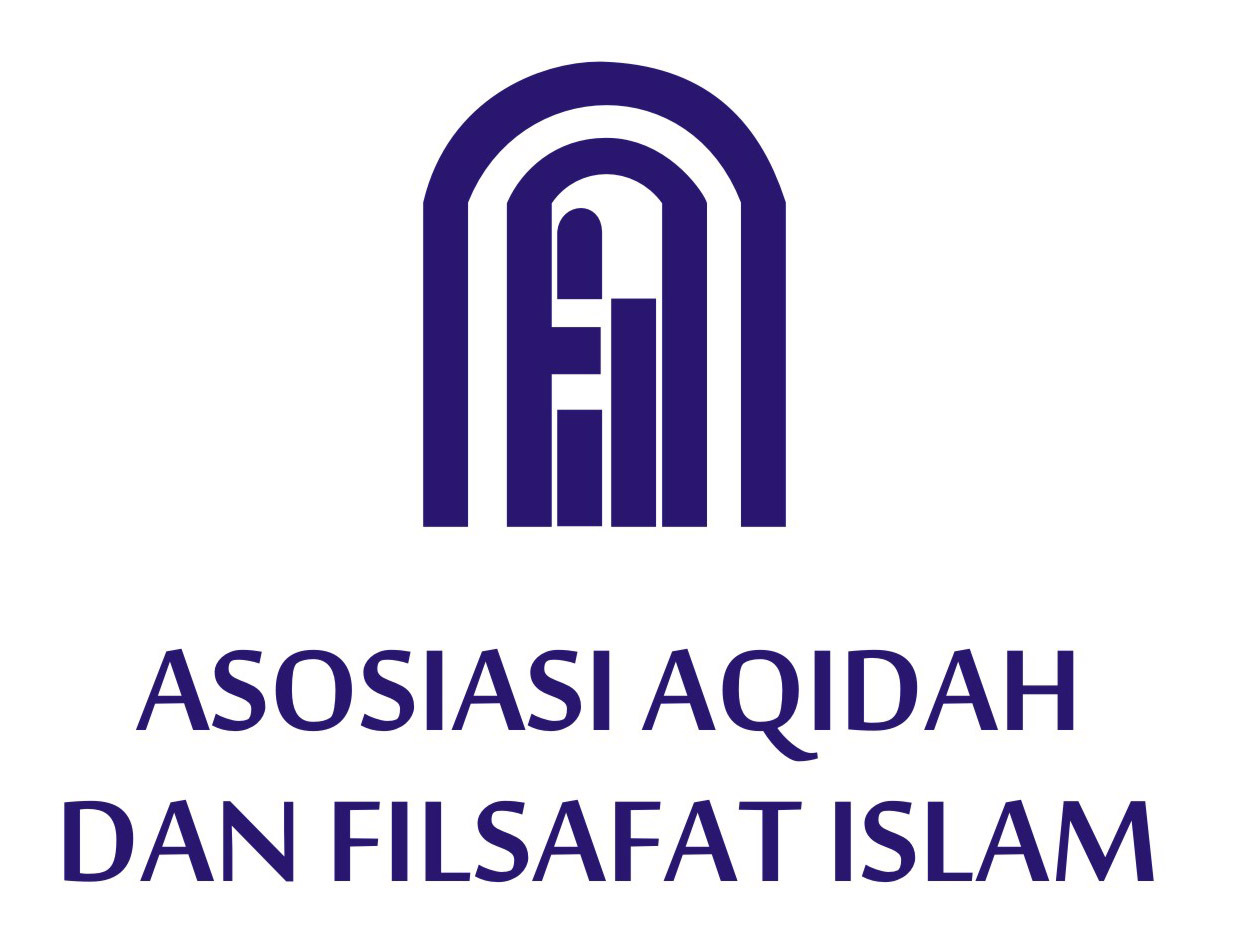Hijab Culture Phenomenon: Between Religion, Trend and Identity
Abstract
Hijab (headscarf) as a symbol of religion became phenomenal in the era of development of science and technology nowadays, impacting on the epistemology and axiology of hijab among Muslim women. The style of hijab used by Muslim women both artists and the general public today not only plays with hijab creations, but also clothing that is increasingly diverse, modern and fashionable. Referring the opinion of Nasaruddin Umar, the phenomenon of hijab in Indonesia is currently due to "hybridity locational "namely the dialectical result between traditional and global Western-style culture. The question that arises is whether the hijab worn by Muslim women is a symbol of godliness or simplt to follows a trend as stated above? Based on these problems, this study aims to answer these questions: 1) Why does the phenomenon of hijab arise among female students of Sunan Kalijaga State Islamic University Yogyakarta ?. 2) What is the function of the hijab, is it a godly identity or is it just a trend? This research study is qualitative, which research procedures employed descriptive data. The respondents of this study were students of Sunan Kalijaga State Islamic University Yogyakarta. Data collection techniques in this study are interview, observation and documentation techniques. While the data analysis technique uses descriptive analysis. The results of the study show that the causes of the phenomenon of hijab are the development of science and technology today and the increasing understanding of Muslim women about the function of using hijab in Islamic shari'a. While the function of the hijab is theological, psychological, political and fashionable.
Full Text:
PDFReferences
Akhter, Naseem dan Munir, Arshad. “(Veil): Protection for Woman (Islamic Perspective)”, ICASIC Journal, Vol 4 – 2017.
Brenner, Suzanna. dalam artikelnya “Reconstructing Self and Society: Javanese Muslim Women and “The Veil”, American Ethnologist Journal, Vol. 23, No. 4, November, 1996.
Bahtiar, Deni Sutar. Berjilbab & Trend Buka Aurat, Yogyakarta: Mitra Pusaka, 2009.
Brouweir, Psikologi Fenomenologis, dalam O. Hasbiansyah, “Pendekatan Fenomenologi: pengantar Praktik Penelitian dalam Ilmu Sosial dan Komunikasi”, dalam Jurnal MediaTor, Vol.9, No. 1, Juni 2008.
Bachtiar,MS, Wardi. Sosiologi Klasik dari Comte hingga Parsons, Bandung: Remaja Rosdakarya, 2006.
Elbadiansyah, Umiarso. Interaksionisme Simbolik dari Era Klasik hingga Modern, Jakarta: PT Raja Grafindo Persada, 2014
Hidayat, Dede Rahmat. Teori dan Aplikasi Psikologi Perkembangan dalam Konseling, Bogor: Ghalia Indonesia, 2011.
Indarti, “Modern Hijab Style In Indonesia As An Expression Of Cultural Identity And Communication”, International Conference on Applied System Innovation (ICASI), 2016. DOI:10.1109/ICASI.2016.7539878
Juneman. Psychology of Fashion Fenomena Perempuan (Melepas) Jilbab. Yogyakarta: LKiS, 2011.
Mahmood, Saba. The Politics of Piety, The United Kingdom: Princeton University Press, 2005.
Margono, Metodologi Penelitian Pendidikan, Jakarta: Rineka Cipta, 2009.
Miles and Huberman, Analisis Data Kualitatif: Buku Sumber tentang Metode-Metode Baru, Jakarta: UII Press, 1992.
Muthahhari, Murtadha. Hijab, Gaya Hidup Wanita Islam, Bandung: Mizan, 1994.
Nisa, Eva F. “Marriage and Divorce For The Sake of Religion: The Marital Life of Cadari in Indonesia”, Jurnal Ilmu Sosial Asia, Vol. 39, No. 6, Fokus Khusus: Perceraian di Asia, 2011.
Nuroniyah, Wardah. “Rethinking Hijab In Contemporary Indonesia: A Study Of Hijab Community “Tuneeca Lover Community”, Wawasan: Jurnal Ilmiah Agama dan Sosial Budaya, Vol. 4, No. 2, 2019.
Nur Istiani, Ade. “Konstruksi Makna Hijab Fashion Bagi Moslem Fashion Blogger”. Jurnal Kajian Komunikasi, Volume 3, No. 1, Juni 2015.
Riza, Zahriyal Falah. “Membentuk Kesalehan Individual dan Sosial Melalui Konseling Multikultural”, Jurnal Bimbingan Konseling Islam, Vol. 7, No. 1, Juni 2016.
Ritzer, George. Teori Sosiologi dari Sosiologi Klasik sampai perkembangan terakhir Postmodern, terj. Saut Pasaribu, dkk, New York: University of Maryland, 2014.
Shihab, M. Quraish. Jilbab, Pakaian Wanita Muslimah Pandangan Ulama Masa Lalu dan Cendekiawan Kontemporer, Jakarta: Lentera hati, 2004.
Setiawan, Hendro. Manusia Utuh: Sebuah Kajian Atas Pemikiran Abraham Maslow, Yogyakarta: PT Kanisius, 2014.
Sulthoni, Ahmad Nurul. Studi Interaksionisme Simbolik tentang Makna Sneaker dalam Komunitas, Surabaya: Universitas Airlangga, 2010.
Shahab, Husein. Hijab Menurut Al-Qur’an Dan Al-Sunnah Pandangan Muthahhari dan Al-Maududi, Bandung: Mizan, 2013.
UIN Sunan Kalijaga Yogyakarta, Tata Tertib Mahasiswa, Yogyakarta: UIN Sunan Kalijaga Yogyakarta.
Yuswohady, dkk, Marketing To The Middle Class Muslim: Kenali Perubahannya, Pahami Perilakunya, Petakan Strateginya. Jakarta: PT Gramedia Pustaka Utama, 2015.
Yulikah, Safitri. “Jilbab antara Kesalehan dan Fenomena sosial”, Jurnal Ilmu Dakwah, Vol. 36, No.1, Januari – Juni 2016 ISSN 1693-8054.
DOI: http://dx.doi.org/10.24042/klm.v16i2.14238
Refbacks
- There are currently no refbacks.
Copyright (c) 2023 Eva Dewi, et al
License URL: https://creativecommons.org/licenses/by-sa/4.0
KALAM [ISSN: 0853-9510, e-ISSN: 2540-7759] published by Faculty of Ushuluddin and Religious Study, Universitas Islam Negeri Raden Intan Lampung in collaboration with Asosiasi Aqidah dan Filsafat Islam (Islamic Theology and Philosophy Association)
Office: Faculty of Ushuluddin and Religious Study, Universitas Islam Negeri Raden Intan Lampung. Letkol H. Endro Suratmin Street, Sukarame, Bandar Lampung, Lampung, Indonesia, Postal code 34513. Website: http://ejournal.radenintan.ac.id/index.php/kalam, Email: [email protected].
 This journal is licensed under a Creative Commons Attribution-ShareAlike 4.0 International License.
This journal is licensed under a Creative Commons Attribution-ShareAlike 4.0 International License.


